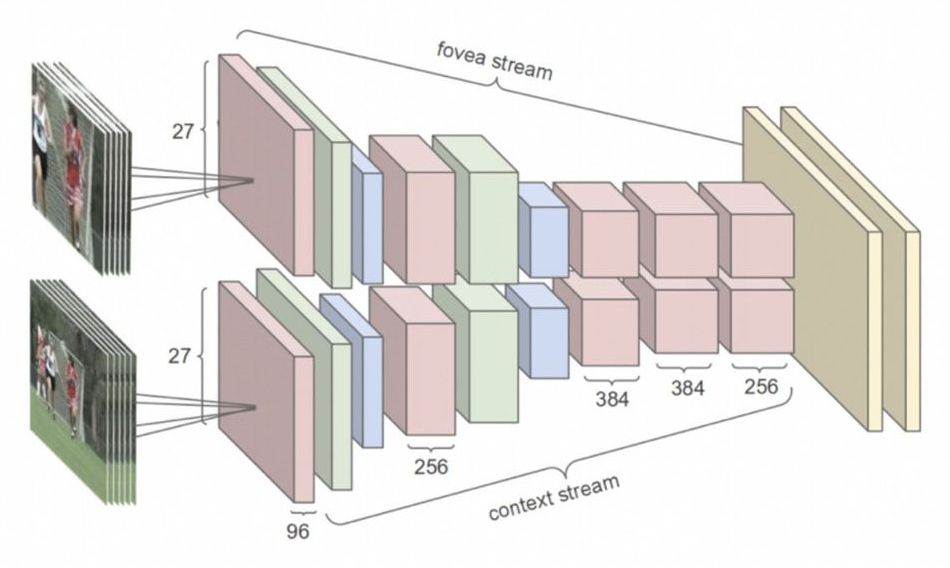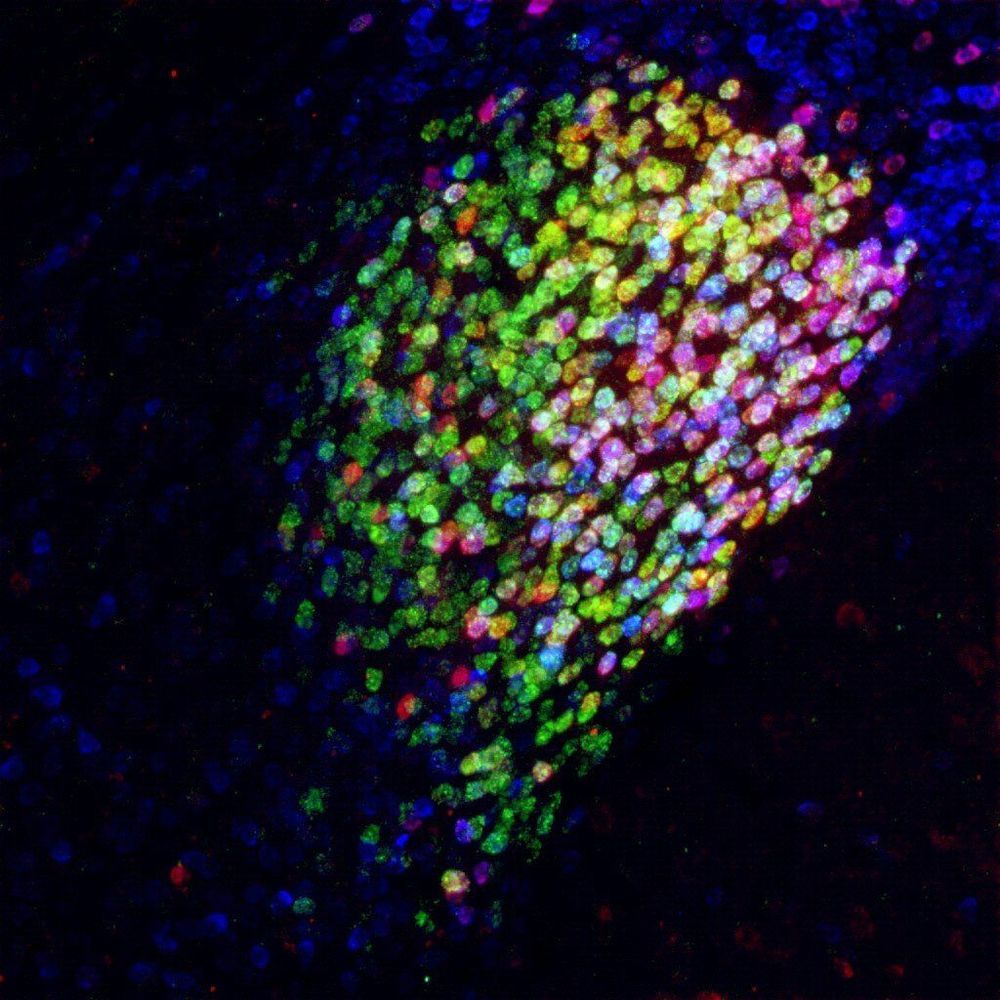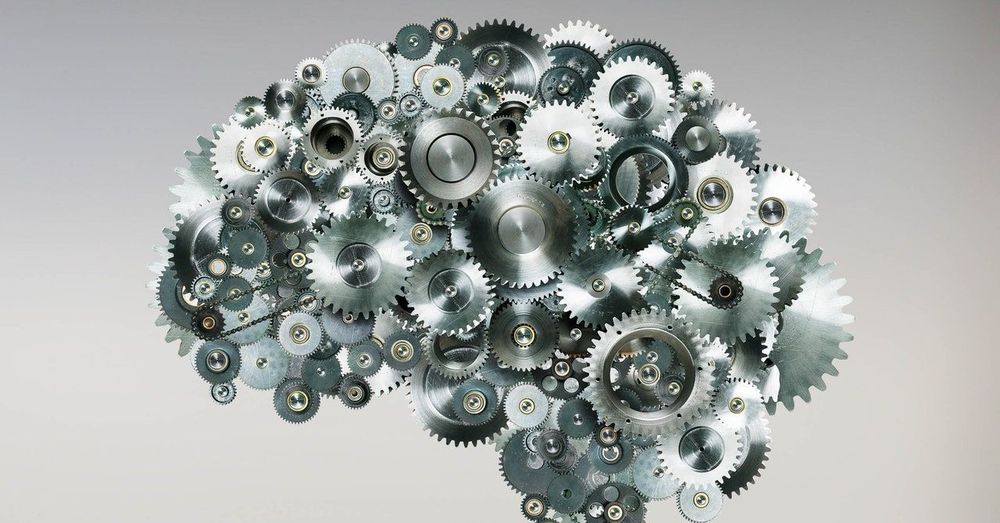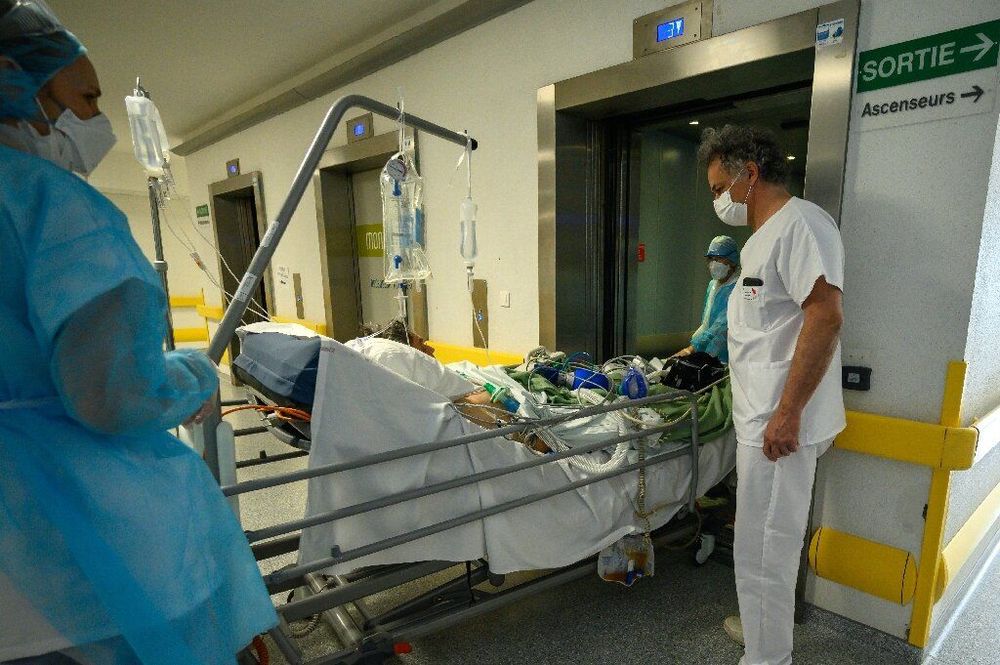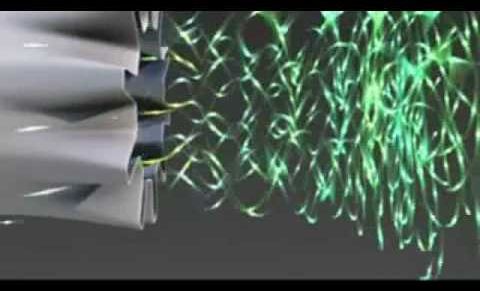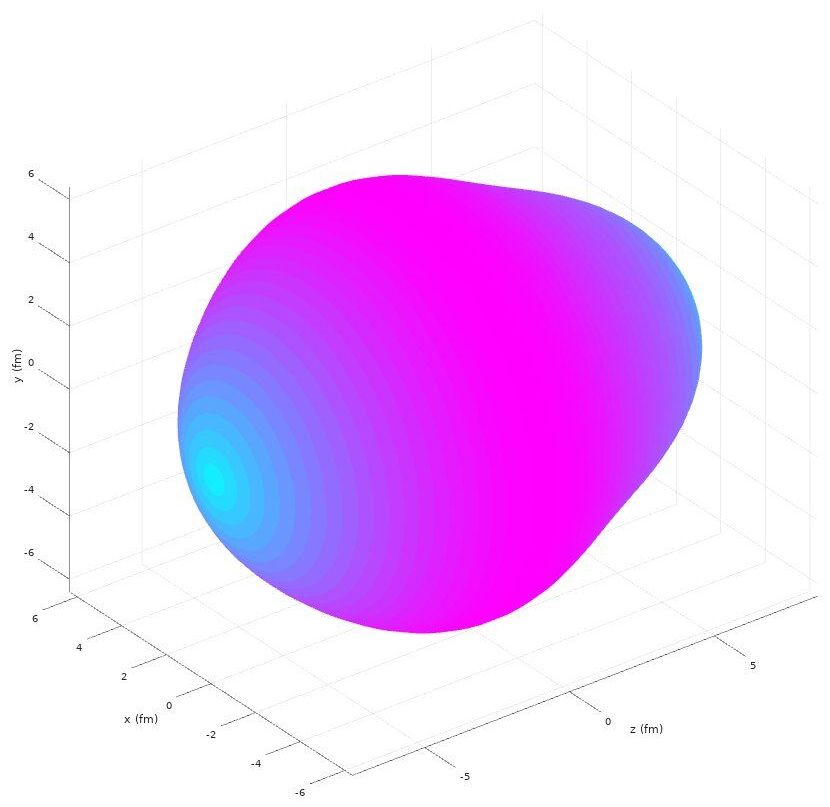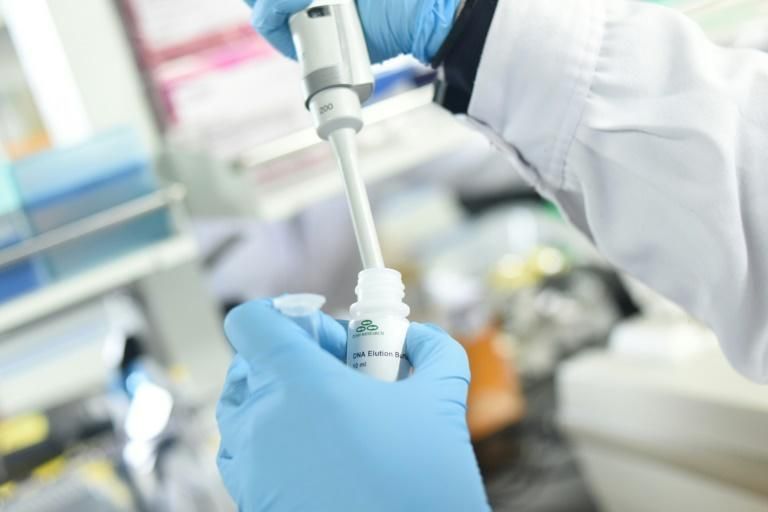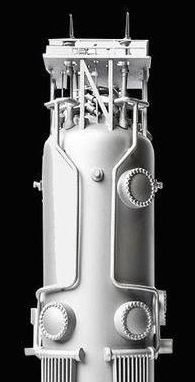A review of the state of the art from 2014 to 2019.
A Duke University research team has found a small area of the brain in mice that can profoundly control the animals’ sense of pain.
Somewhat unexpectedly, this brain center turns pain off, not on. It’s also located in an area where few people would have thought to look for an anti-pain center, the amygdala, which is often considered the home of negative emotions and responses, like the fight or flight response and general anxiety.
“People do believe there is a central place to relieve pain, that’s why placebos work,” said senior author Fan Wang, the Morris N. Broad Distinguished Professor of neurobiology in the School of Medicine. “The question is where in the brain is the center that can turn off pain.”
As people get older, they often feel less energetic, mobile or active. This may be due in part to a decline in mitochondria, the tiny powerhouses inside of our cells, which provide energy and regulate metabolism. In fact, mitochondria decline with age not only in humans, but in many species. Why they do so is not well understood. Scientists at the Max Planck Institute for Biology of Ageing in Cologne set out to understand how mitochondrial function is diminished with age and to find factors that prevent this process. They found that communication between mitochondria and other parts of the cell plays a key role.
For their studies, the scientists used the simple roundworm, Caenorhabditis elegans, an important model system for aging research. Over half the genes of this animal are similar to those found in humans, and their mitochondria also decline with age. From their research, the scientists found a nuclear protein called NFYB-1 that switches on and off genes affecting mitochondrial activity, and which itself goes down during aging. In mutant worms lacking this protein, mitochondria don’t work as well and worms don’t live as long.
Unexpectedly, the scientists discovered that NFYB-1 steers the activity of mitochondria through another part of the cell called the lysosome, a place where basic molecules are broken down and recycled as nutrients. “We think the lysosome talks with the mitochondria through special fats called cardiolipins and ceramides, which are essential to mitochondrial activity,” says Max Planck Director, Adam Antebi, whose laboratory spearheaded the study. Remarkably, simply feeding the NFYB-1 mutant worms cardiolipin restored mitochondrial function and worm health in these strains.
Patients recovering from severe lung infections develop “immunological scars” that stifle their body’s immune response and heighten their risk of contracting pneumonia, a common killer of COVID-19 sufferers, researchers said Monday.
Studies in both humans and mice showed that the body’s immune response is temporarily switched off after some severe infections, rendering patients more vulnerable to new bacterial or viral diseases.
A team of researchers from the University of Melbourne’s Peter Doherty Institute for Infection and Immunity and the University Hospital of Nantes found that the cells that form the immune system’s first line of defence—macrophages—were “paralysed” after severe infection.
We read about different innovations in clean technology almost on a daily basis. A small Massachusetts-based start-up, FloDesign Wind Turbine, has created a wind turbine design based on jet engine technology. This revolutionary wind turbine can generate much more electricity at half the cost than today’s traditional wind turbines. It has also won two clean-energy competitions for its amazing innovation.
A traditional wind turbine can extract just 50% of the available wind energy in the given area it occupies. However, the Wind Jet by FloDesign uses blades covered in shrouds to direct the air through the turbine blades. This results in increased flow of air. As the airflow through the blades increases, the higher the speed of the turbines and ultimately the more power that is generated. The energy generated by this new wind turbine matches that of a traditional turbine with blades that are half the size.
FloDesign boasts that its turbines are 3–4 times more efficient than traditional open-fan turbines and they can be placed much closer together than conventional wind turbines while aligning themselves with the wind like a kite on a string. Not only that, FloDesign wind turbines require much smaller blades which occupy less space, are much easier to manufacture, and easier to ship.
An element which could hold the key to the long-standing mystery around why there is much more matter than antimatter in our Universe has been discovered by a University of the West of Scotland (UWS)-led team of physicists.
The UWS and University of Strathclyde academics have discovered, in research published in the journal Nature Physics, that one of the isotopes of the element thorium possesses the most pear-shaped nucleus yet to be discovered. Nuclei similar to thorium-228 may now be able to be used to perform new tests to try find the answer to the mystery surrounding matter and antimatter.
UWS’s Dr. David O’Donnell, who led the project, said: Our research shows that, with good ideas, world-leading nuclear physics experiments can be performed in university laboratories.
Beijing (AFP) — A Chinese laboratory has been developing a drug it believes has the power to bring the coronavirus pandemic to a halt.
The outbreak first emerged in China late last year before spreading across the world, prompting an international race to find treatments and vaccines.
A drug being tested by scientists at China’s prestigious Peking University could not only shorten the recovery time for those infected, but even offer short-term immunity from the virus, researchers say.
Technology related to sending power via a microwave beam down to Earth could potentially be applied to taking out hostile targets in space.
